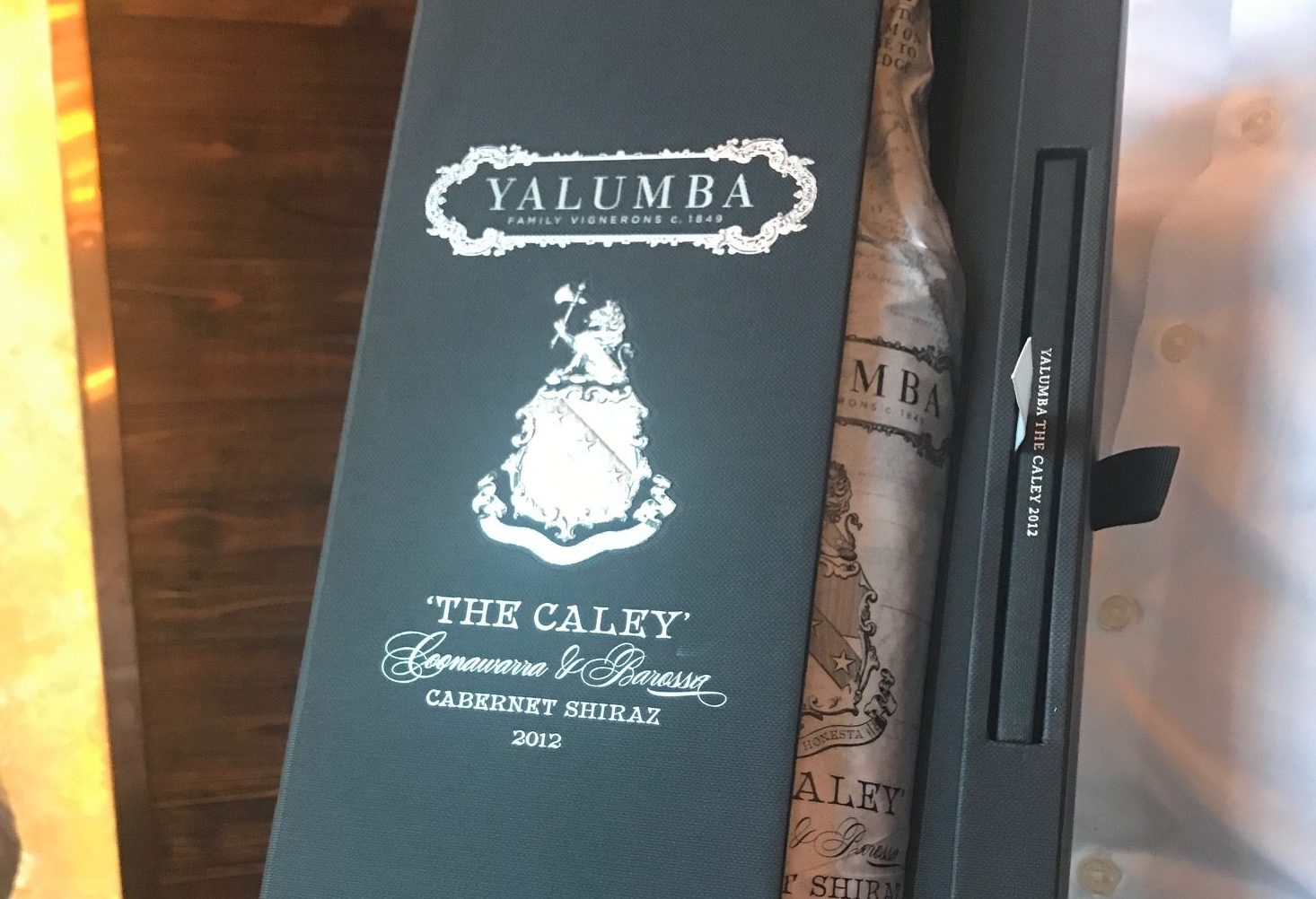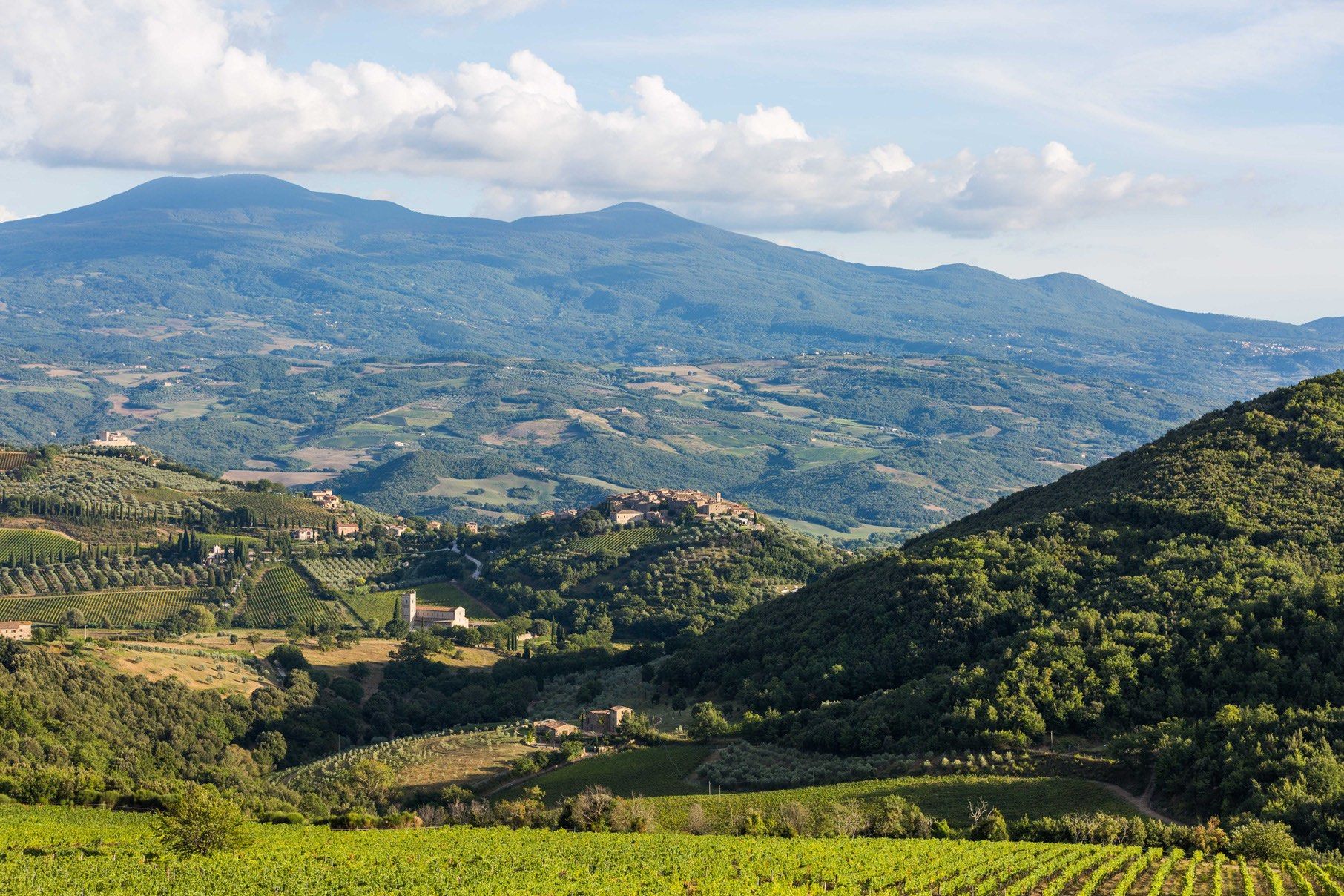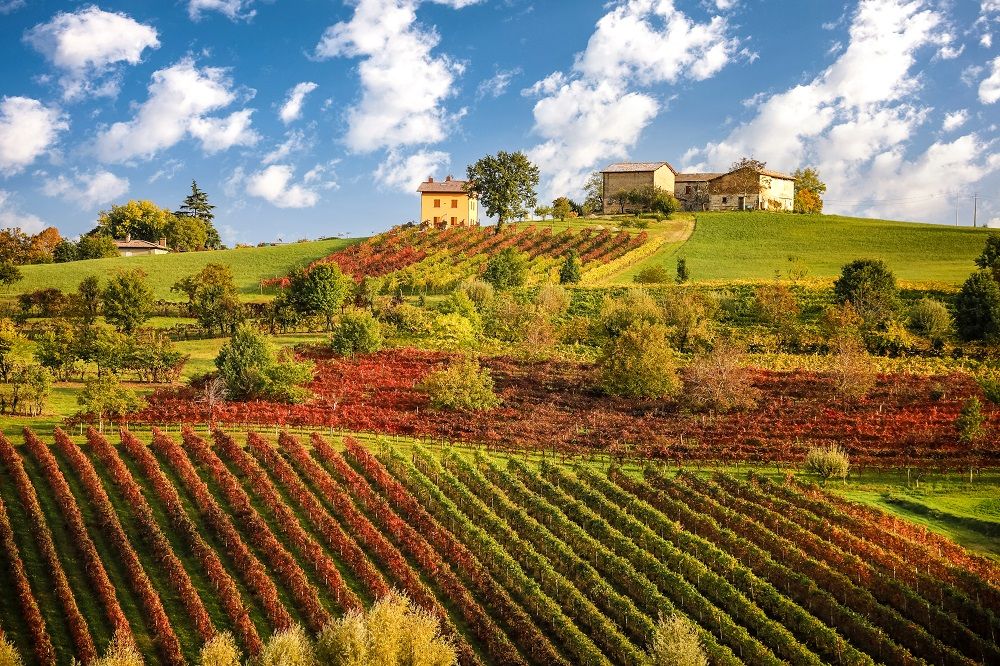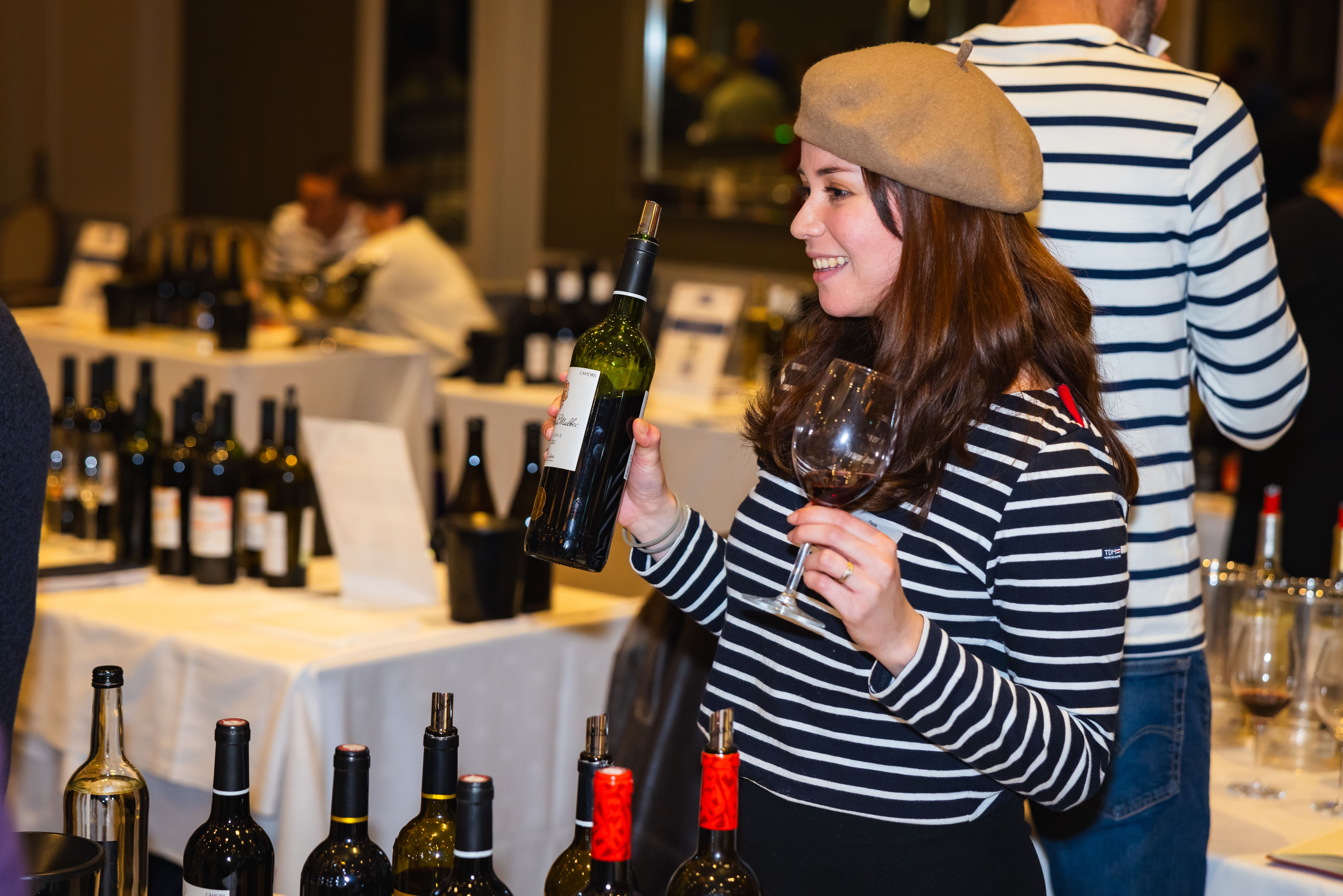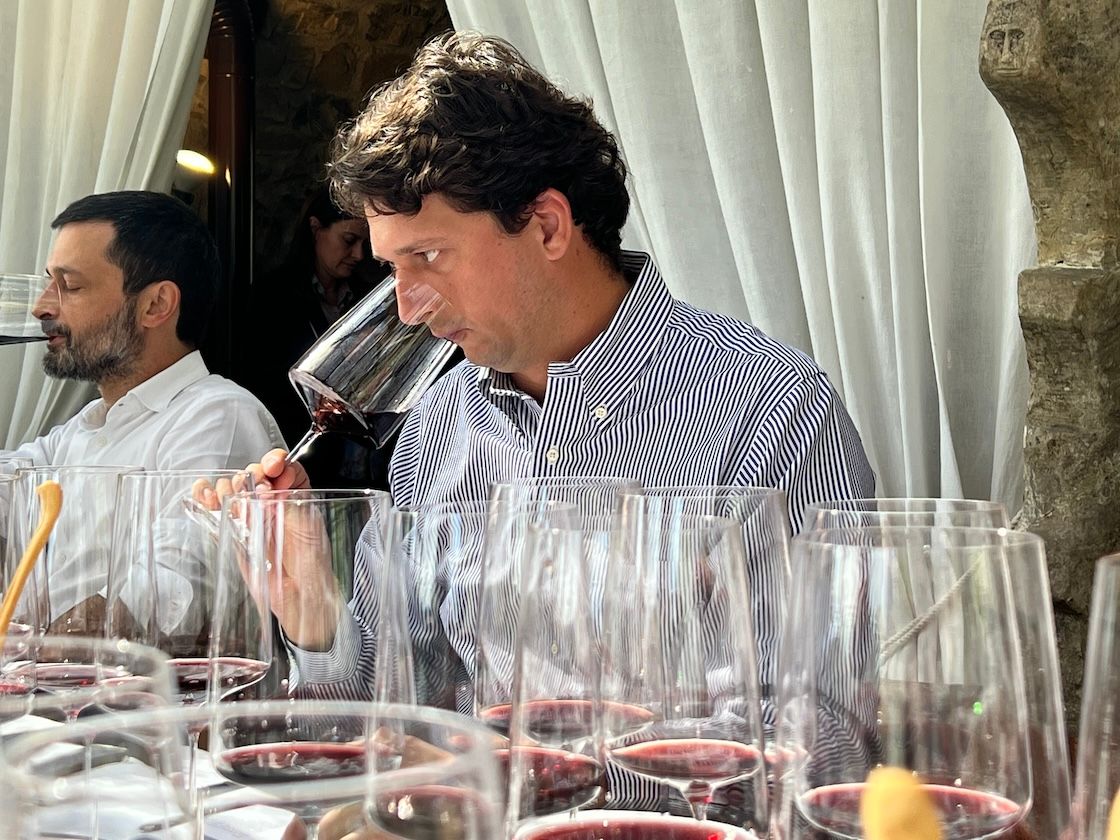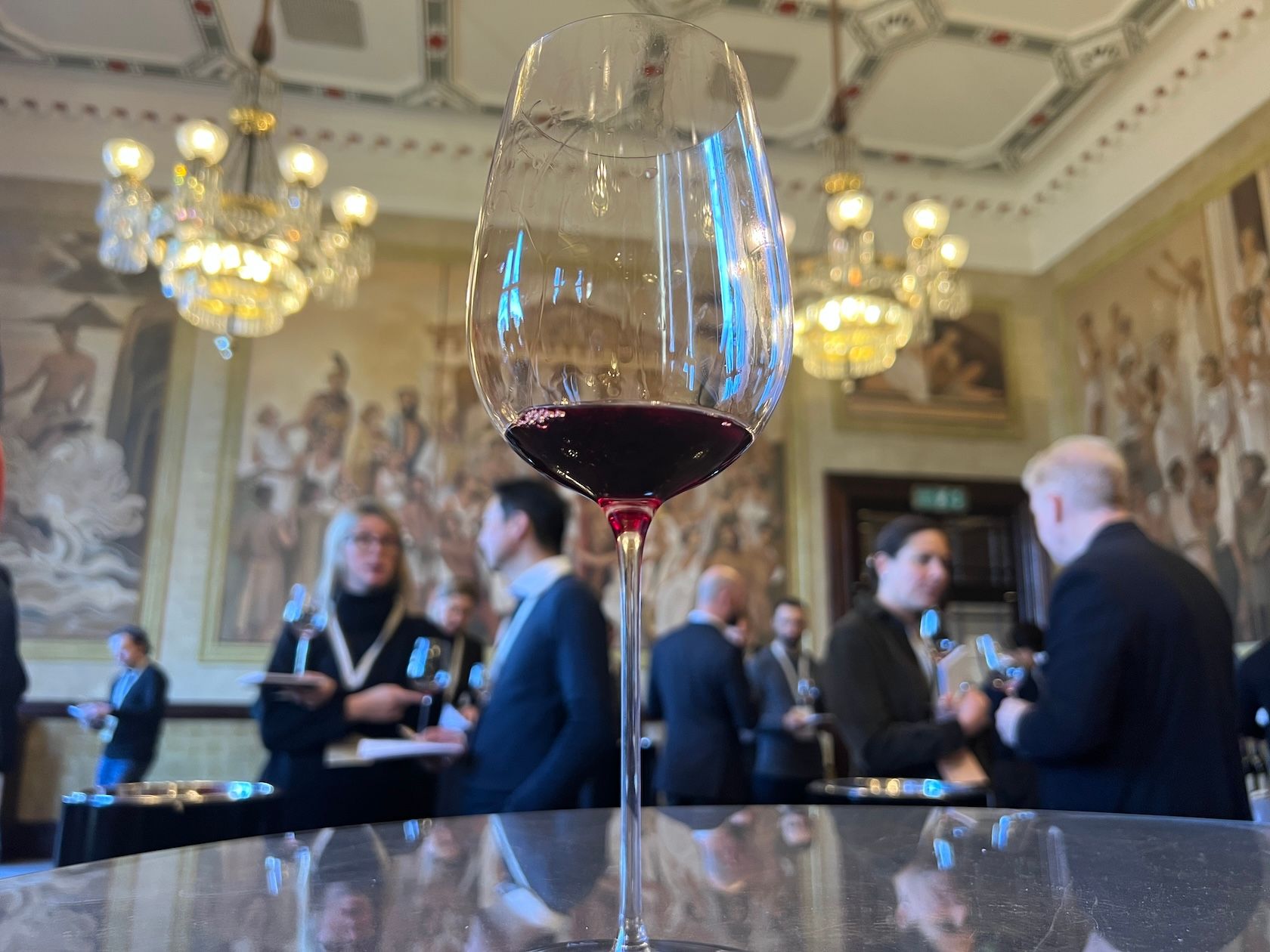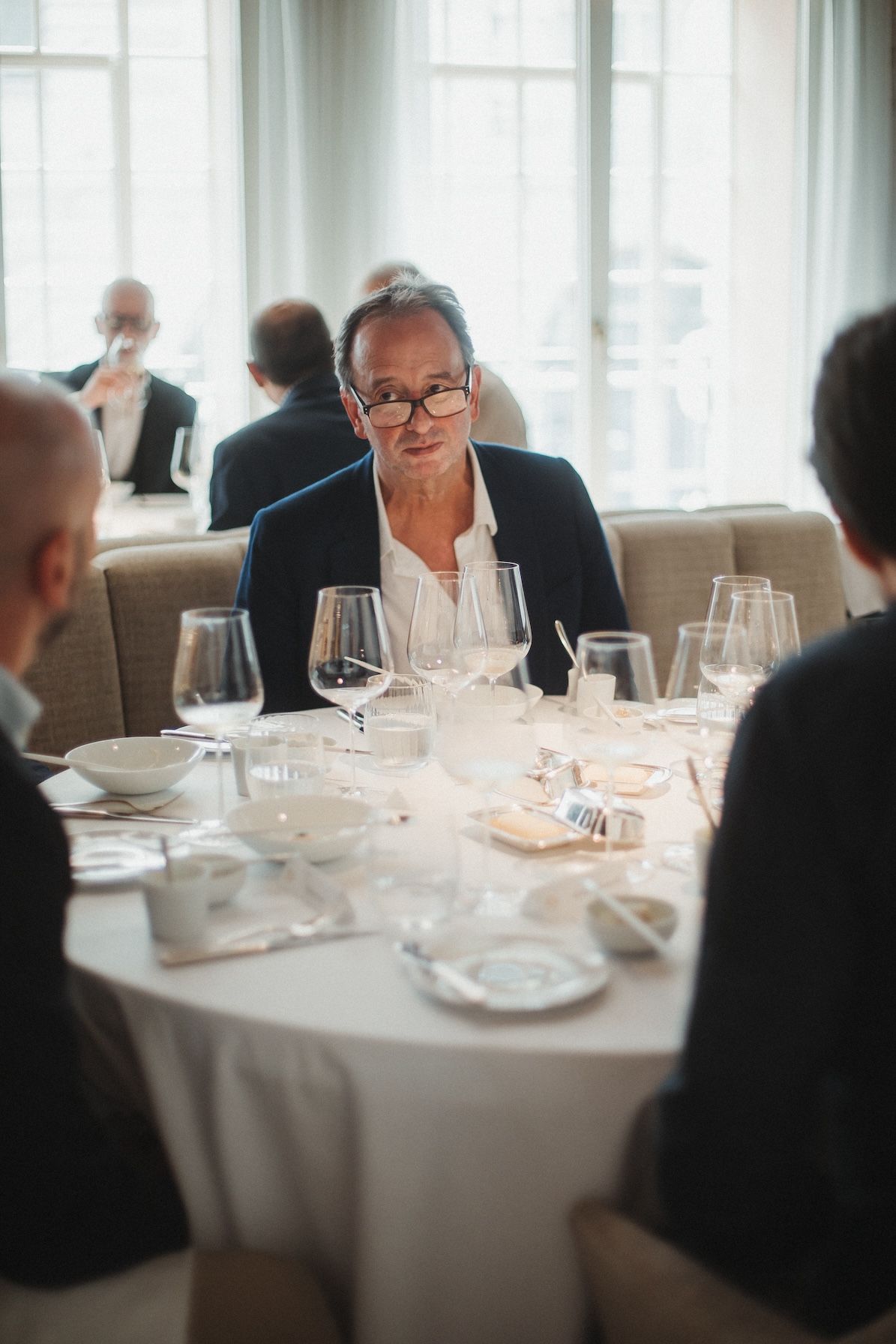Mouton-Rothschild 1959, Dujac Clos de La Roche 1990, Mount Pleasant Mount Henry Light Dry Red 1944 and a 1908 Yalumba Muscadelle – these were just some of the wines used to launch The Caley. But why these wines? and what is the story behind a new premium Cabernet-Shiraz blend from Australia’s oldest family-owned winery?
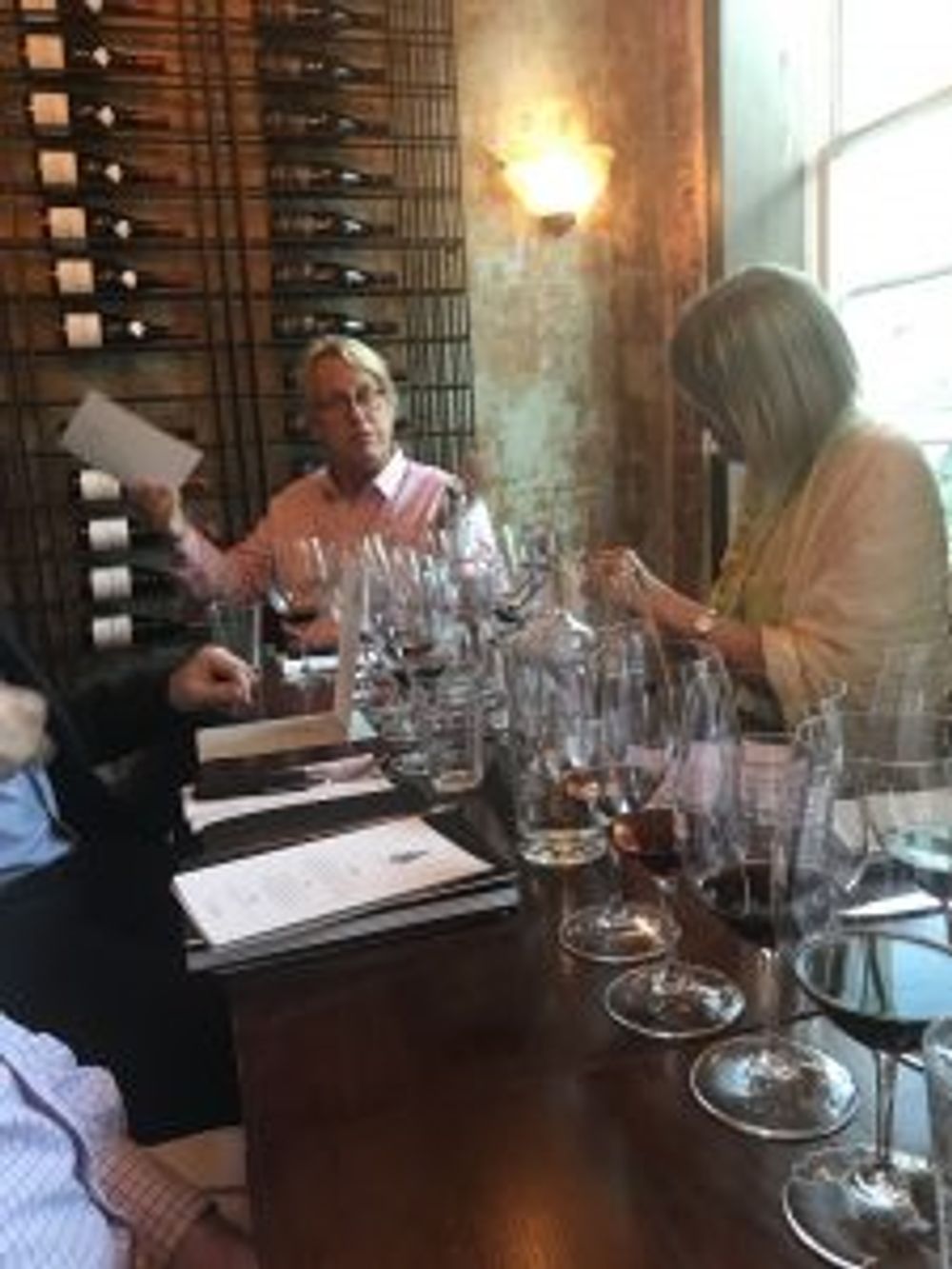
Robert Hill-Smith, Yalumba chairman at the tasting
“Over 168 years Yalumba’s journey has been all about vision, fortitude, survival and innovation… about looking onwards and upwards,” stated Yalumba’s chairman Robert Hill-Smith.
Hill-Smith continued with an historical journal of Fred Caley Smith (grandson of Yalumba founder Samuel Smith), a horticulturist, correspondent and adventurer, in whose honour The Caley is named after.
The Caley combines Cabernet Sauvignon from Coonawarra and the Barossa with a smaller proportion of old-vine Barossa Shiraz and spends 20-24 months in Yalumba-coopered French oak. Released five years from vintage, with three years of bottle age, the wine has all the hallmarks of becoming an iconic wine that will claim its place alongside the greatest Australian red wines.
Whilst Hill-Smith read and set the tone for the launch of this luxurious wine, we were taken through a journey, firstly of the components of the traditional Australian Claret – Cabernet Sauvignon and Shiraz.
In order to highlight the fact that Yalumba has sought to source the finest Cabernet and Shiraz clones we were given a sample of a beautiful Cabernet made in the Menzies Vineyard Coonawarra from Clone: WA Selection 2014. This was, in other words, from a Western Australia clone (originating in the Swan Valley prior to being planted in Margaret River probably by Tom Cullity), which had all the hallmarks of a great Margaret River Cabernet, but grown now in Coonawarra, South Australia. Yalumba has chosen five Cabernet clones including three from Bordeaux and the original Richardson block clone from Coonawarra.
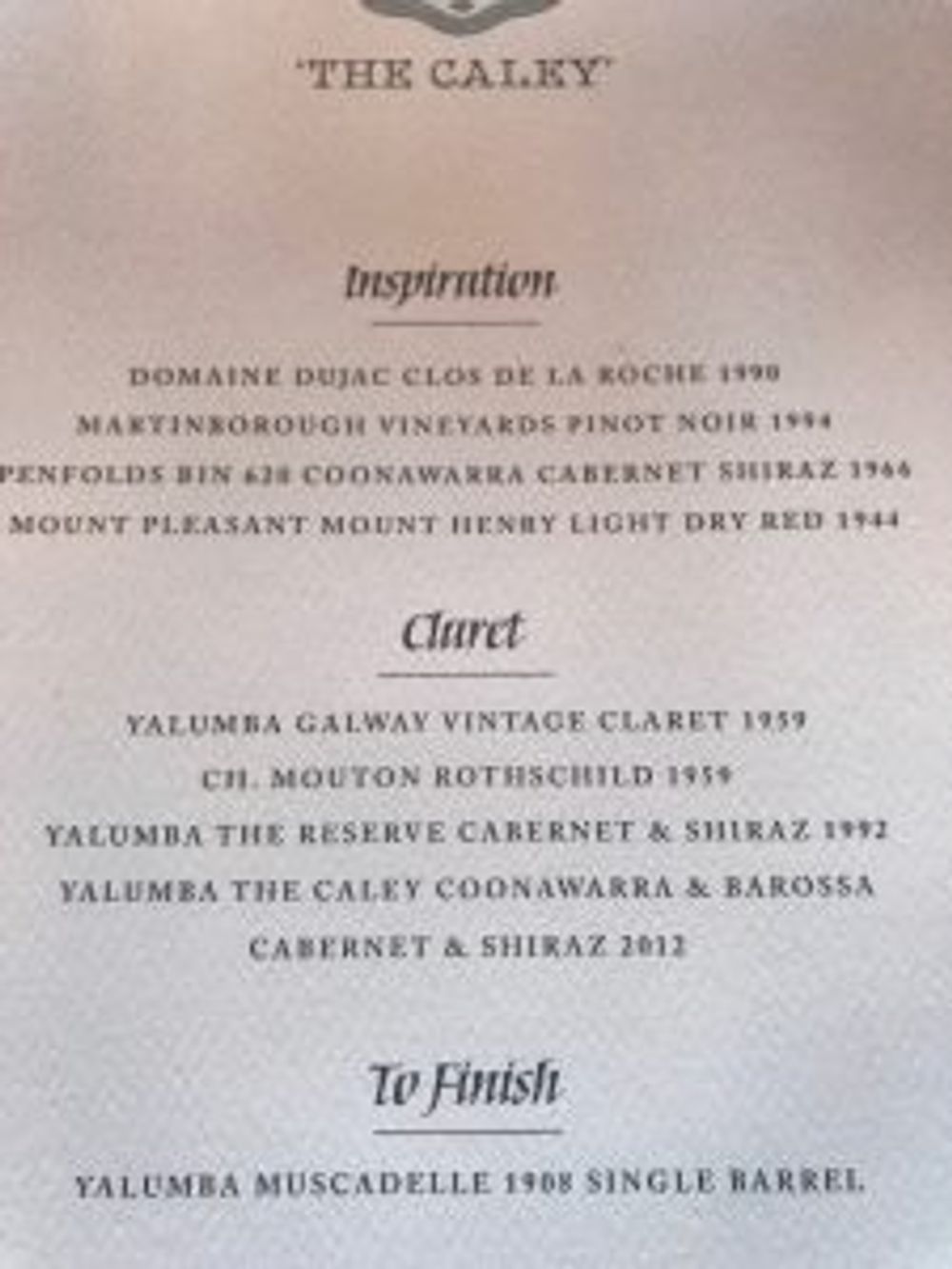
Read this and weep – the phenomenal line-up of wines
Likewise with the Shiraz. After looking at some of the best Barossa and Eden Valley vineyard clones, a final selection was chosen from two clones from old Eden Valley vineyards planted in the 1880s and two from the Barossa (Marananga and Light Pass) planted between 1899 and 1919.
The Yalumba Nursery, established in 1975, is now Australia’s most reliable source of grafted grapevines, and leads the world in variety, clonal and rootstock selection as well as importation and evaluation. The Nursery not only supplies Yalumba’s needs but has this year alone received orders for 1.3 million grafts.

Yalumba also has its own in-house cooperage, which enables them to control exactly the seasoning of their barrels, especially the flagship 100 litre Octaves, which also uses careful selection of oak from France, America and Hungary.
The tasting was split into distinct sections.
Clone and single variety tasting
Firstly clone tasting from the 2014 vintage from Cabernet Sauvignon and 2015 Shiraz in single clones.

Both clone tastings were followed by two examples of single variety Yalumba The Menzies Cabernet Sauvignon 2006 and 2013, and then following the Shiraz clone tasting examples of the single variety Yalumba The Octavius 2008 and 2012.
It was noticeable that both The Menzies and The Octavius had refined their style, although all were drinking superbly. I have not transcribed my tasting notes for these wines as it was merely a reflective tasting to showcase how Yalumba were evolving and searching for the perfect blend and wine.
Cabernet Sauvignon and Shiraz tasting
My notes are based on how these evolved and stood up in the glass over a period of 30 minutes
Yalumba Special Reserve Galway Vintage Claret, 1961
(61% Shiraz, 39% Cabernet Sauvignon)
Touch of Port on the nose, but on the palate had a lovely aged meaty, lambs blood, copper, flavour, the fruit was still there holding this wine together.
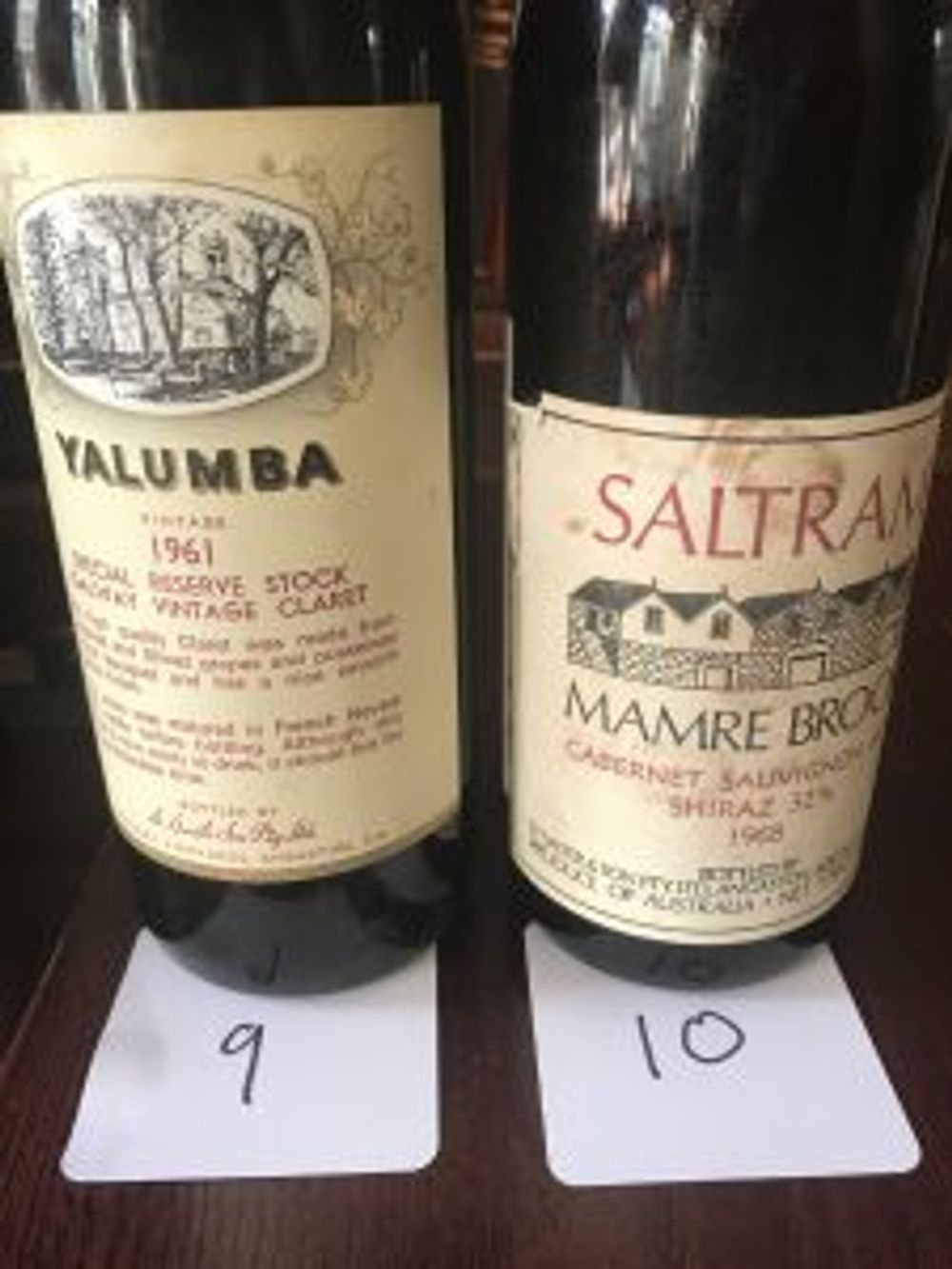
Saltram Mamre Brook, Cabernet Sauvignon and Shiraz Barossa Valley, 1968
Made by the late Peter Lehmann, superb texture, clear and bright, plummy, liquorice, possibly past its best.
Penfolds Bin 28 Kalmina Shiraz, 1971
Recorked 2006, I was told that this was the worst cork in the line-up. My views on re-corking are well noted in that I see no reason to disturb a wine, especially wines like Penfolds that are made to age (just look at the practices of R Lopez de Heredia who source corks to last a century). Despite the inferior cork this was a superb fresh wine that had an amazingly perfumed nose, fresh bright clean precise fresh fruit, words like ‘amazing’, ‘awesome’ were in my notes.
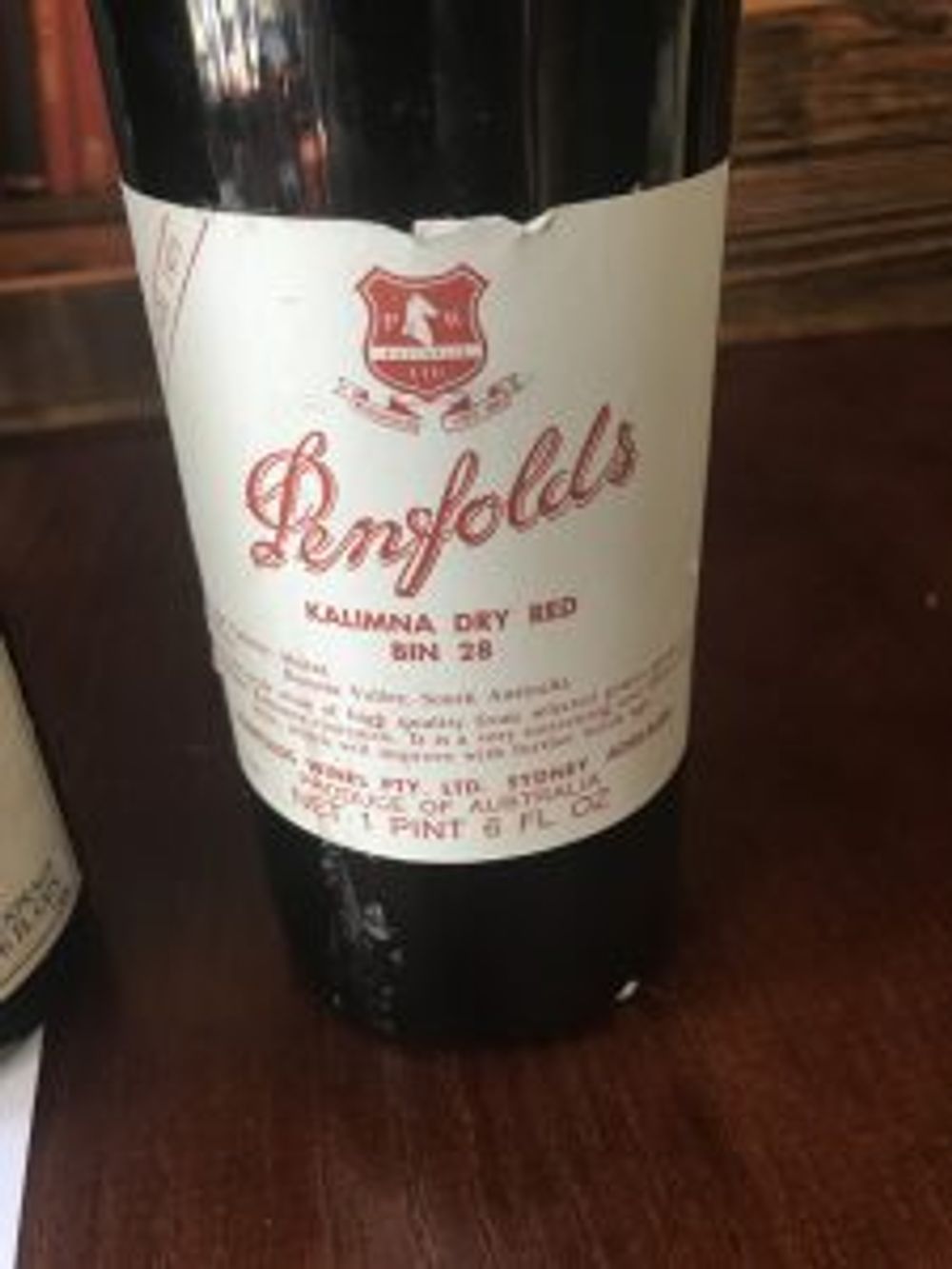
Yalumba Christobel’s Blend Signature Series Claret 1974
(60% Cabernet Sauvignon, 40% Barossa Valley Shiraz)
Chocolate on the nose, lively and elegant, soft sweet fruit, some sweet herbaceous flavours, seductive, lingering, fabulous.
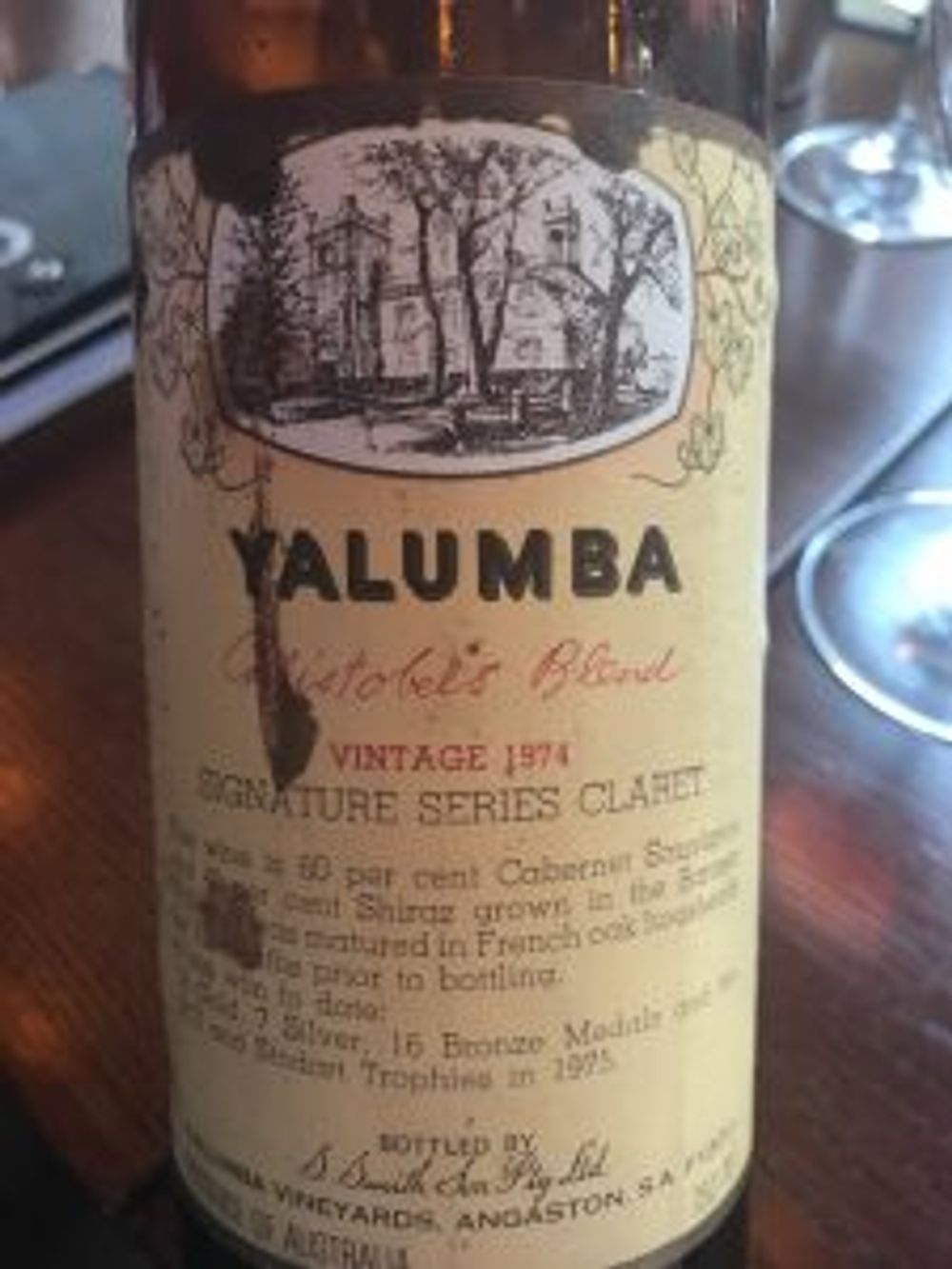
Yalumba The Signature 2012
(52% Cabernet Sauvignon 48% Barossa Shiraz)
Quite big on first taste, then evolves in the glass, then there is a subtle purity on the palate that is clean, but carries well on the after palate to give a lovely charismatic wine.
So next we were given the first taste of Yalumba The Caley presented in specially designed Riedel glasses which was personally overseen by George Riedel.
Yalumba The Caley, 2012
52% Coonawarra Cabernet ( from various clones), 48% Barossa fruit of which 27% was Cabernet and 21% Shiraz.
This is a wine made to age 10, 20, 40 years (who knows?) but of course the interest in this wine will see many people drinking it sooner, this wine has already achieved iconic status from the finest wine judges in the world, highlighted firstly by Matthew Jukes a couple of years ago in a blind tasting when the wine had no name, and a year later it achieved the same highest rating in Australia’s top competition, judged again by Jukes.
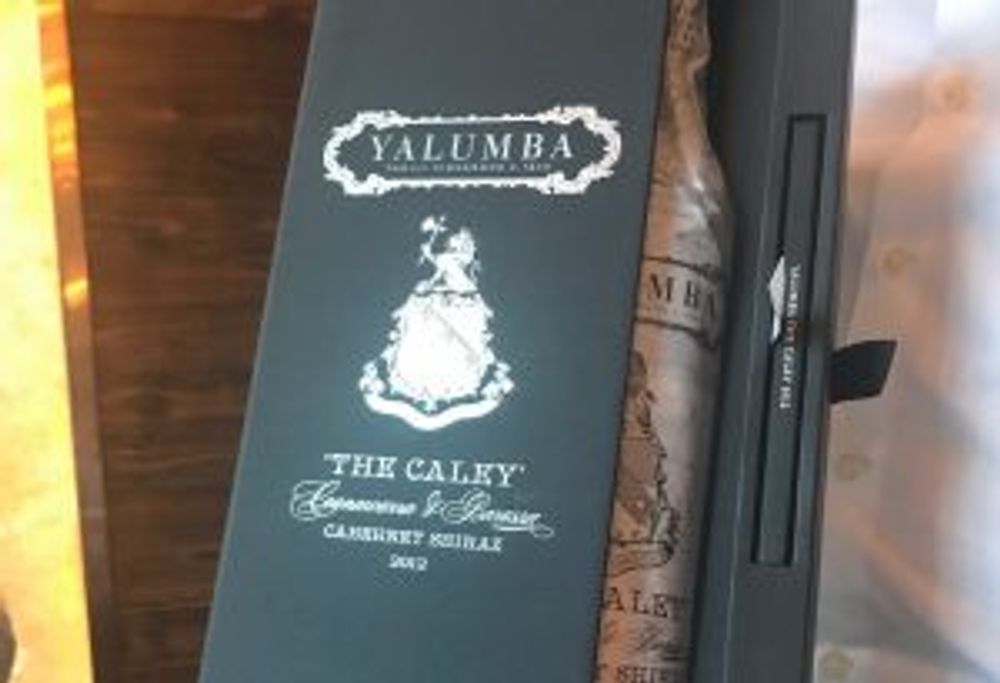
Robert Hill-Smith said “we think this is a classy wine that stands up and puts us up there amongst the finest, but it is not for us to judge but think we deserve to be there.”
This is not Penfolds Grange with its classical sublime masculine DNA notoriety, although it is equally impressive, but more subdued, with a gentle purity, underpinned by a superb texture. The fruit is hard to put eloquently into words, but words like ‘beautiful’, ‘sexy’, ‘linear’, ‘purity’ are all in my notes.
The wine is savoury, spiced, but gently caresses the palate, it is balanced, but there is so much more waiting to evolve with time, I think the words that kept coming up were ‘purity’ and ‘beautiful’.
So having tasted an historical line-up of Australian Cabernet Sauvignon and Shiraz (Australian Claret) what could Robert Hill-Smith possibly impress the gathered disciples with next? One of us had already gone mad on Twitter enthralled and touched by Hill-Smith’s generosity and choice of wines, but we had hardly started on our intrepid journey….
Inspiration
The following wines were classified as Inspiration, but Hill-Smith also quoted some wise words from the great Len Evans.
Domaine Dujac Clos de La Roche, 1990
A relatively newcomer to Burgundy, Dujac has inspired so many New World winemakers, such has been his generosity in sharing his skills, terroir and love of Pinot Noir. A favourite wine of mine, but not quite showing at its peak, but still sought to give a reflection of how Burgundy or Pinot can be so pure even with whole bunch pressing – too many young winemakers chasing the Holy Grail fail to temper the stalk.
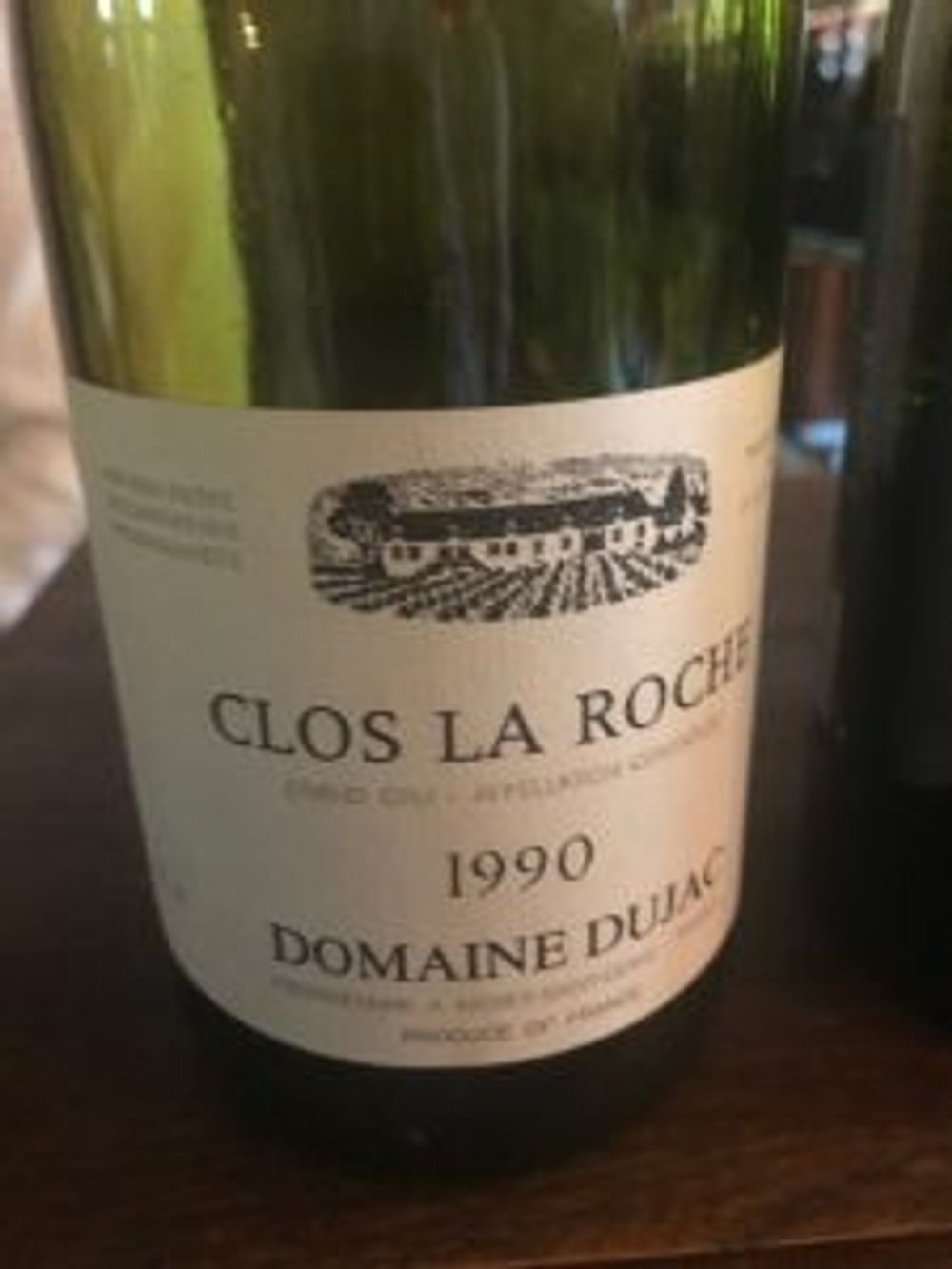
Martinborough Vineyards Pinot Noir, 1994
Hill-Smith said that this Pinot made by Larry McKenna showcased to him the vast potential New Zealand, and especially Martinborough, has for Pinot Noir, interesting to note that McKenna also worked at Dujac for the 1990 vintage (see above). This wine evolved in the glass and demonstrated a very fine wine that had a lovely balance of savoury and fruit, I think Larry would have been very proud to see it sit so well next to the Clos de La Roche.
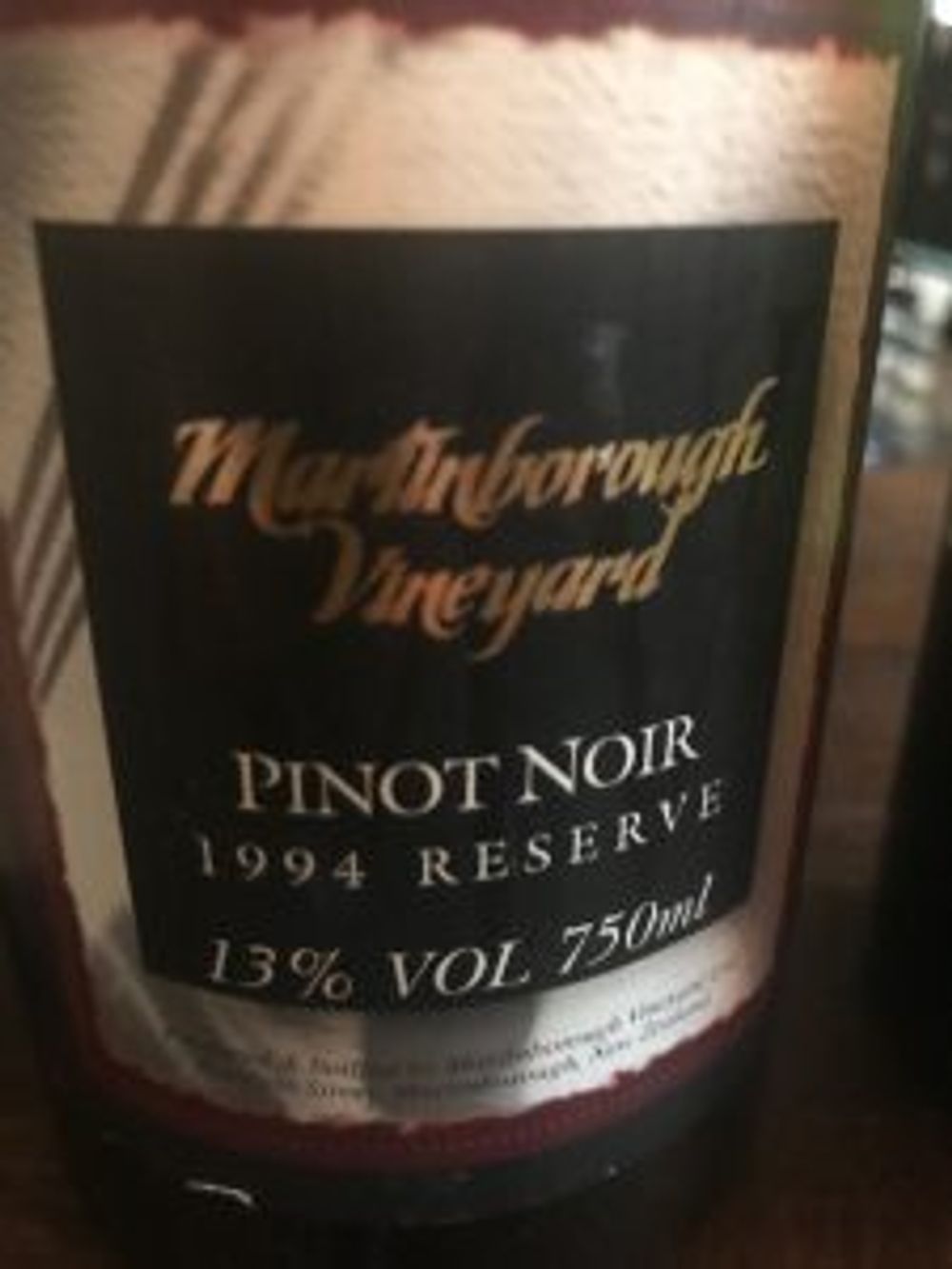
Penfolds Bin 620 Coonawarra Cabernet Shiraz, 1966
Fresh, bright, clean, fruit driven, a totally perfect wine that is drinking superbly well, the balance and sweet structured fruit is amazing for this age.
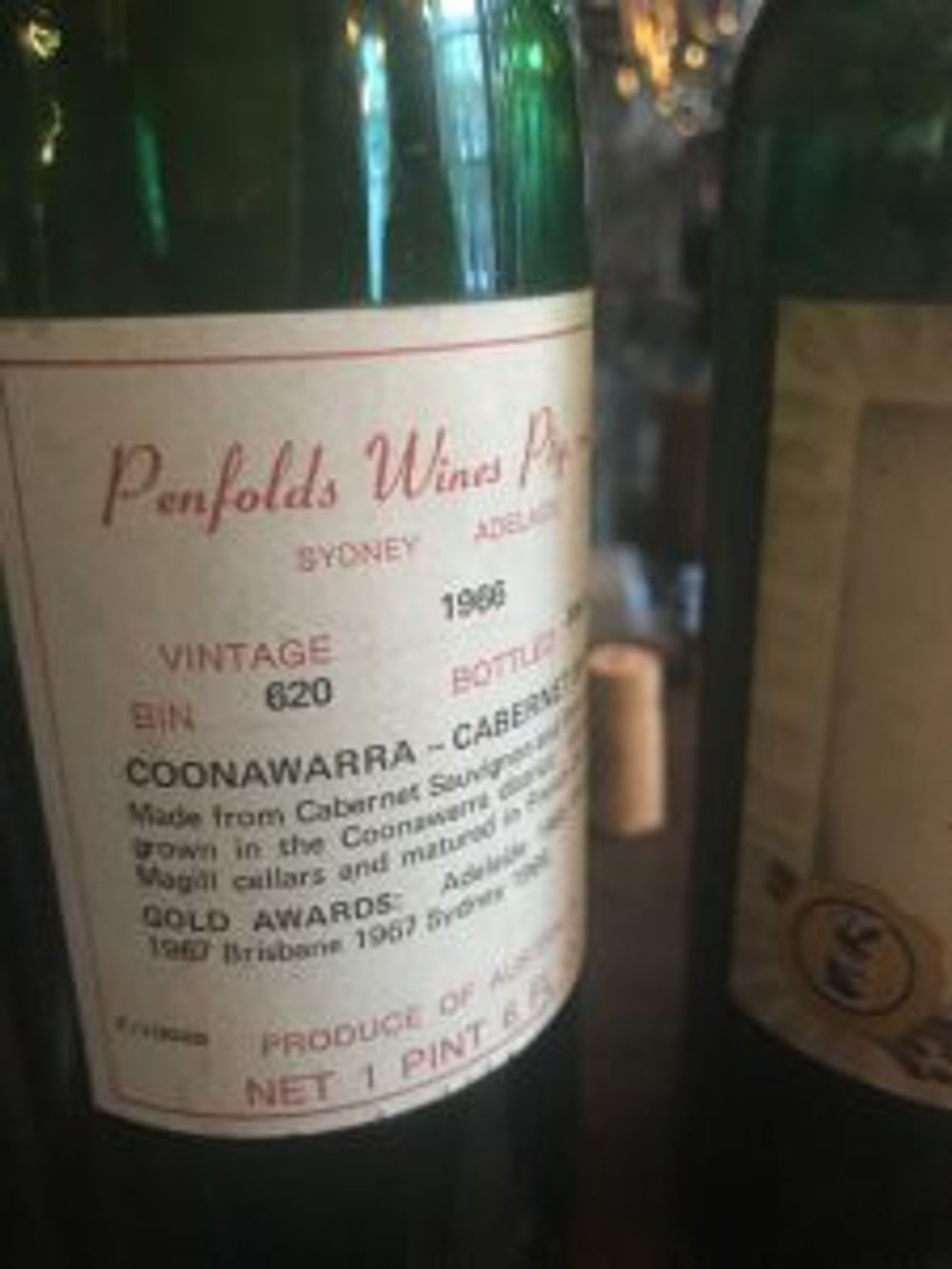
Mount Pleasant Mount Henry Light Dry Red, 1944
Made by the great Maurice O’Shea, is this Australia’s greatest ever wine?
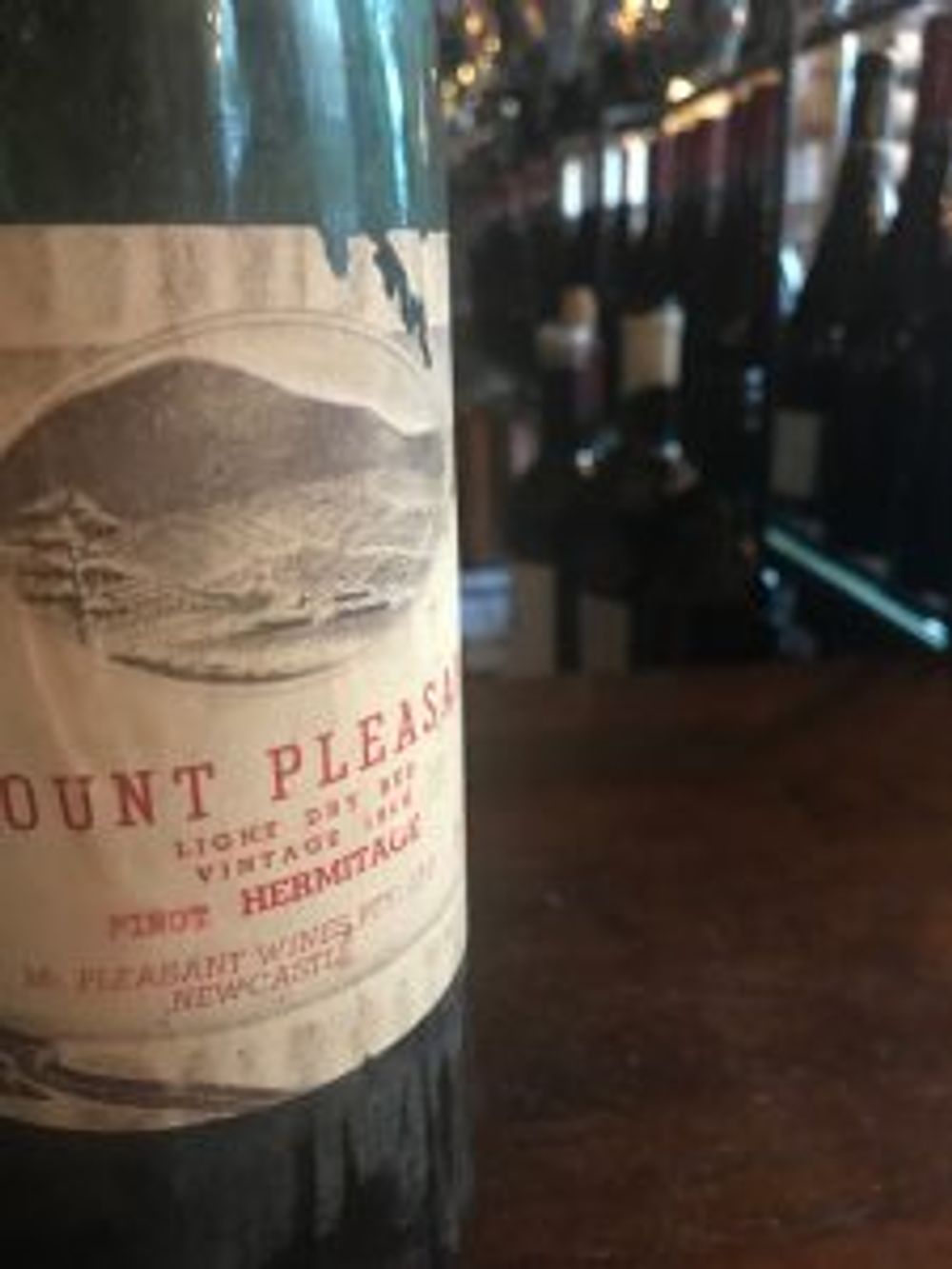
Made in an era where there were few luxuries in the winery, this wine was just gob-smackingly brilliant, the Gods (Jancis Robinson, Len Evans, James Halliday) talk of this wine in awe, and the spontaneous applause that greeted this wine as we tasted and drank it was testament to its quality.
There are few wines that I have tasted that can sit with this albeit possibly a 1947 Vina Tondonia. Dark and brooding, richly textured, earthy but a sublime, long, clean-focused palate, silky, dark cherries, cedar, top end cigars…. perfection.
Claret
The next category was simply called Claret.
Yalumba Galway Vintage Claret, 1959
Slight dirty nose but luscious and full on the palate, opens up to a clean fresh vibrant wine, this has aged well and proudly shows the classic Yalumba Claret style.
Chateau Mouton Rothschild, 1959
Whilst the more esteemed guests championed this wine I did find it slightly dry, but it was a wonderful gesture of Hill-Smith to put this up against the Yalumba Galway, which I marked higher.
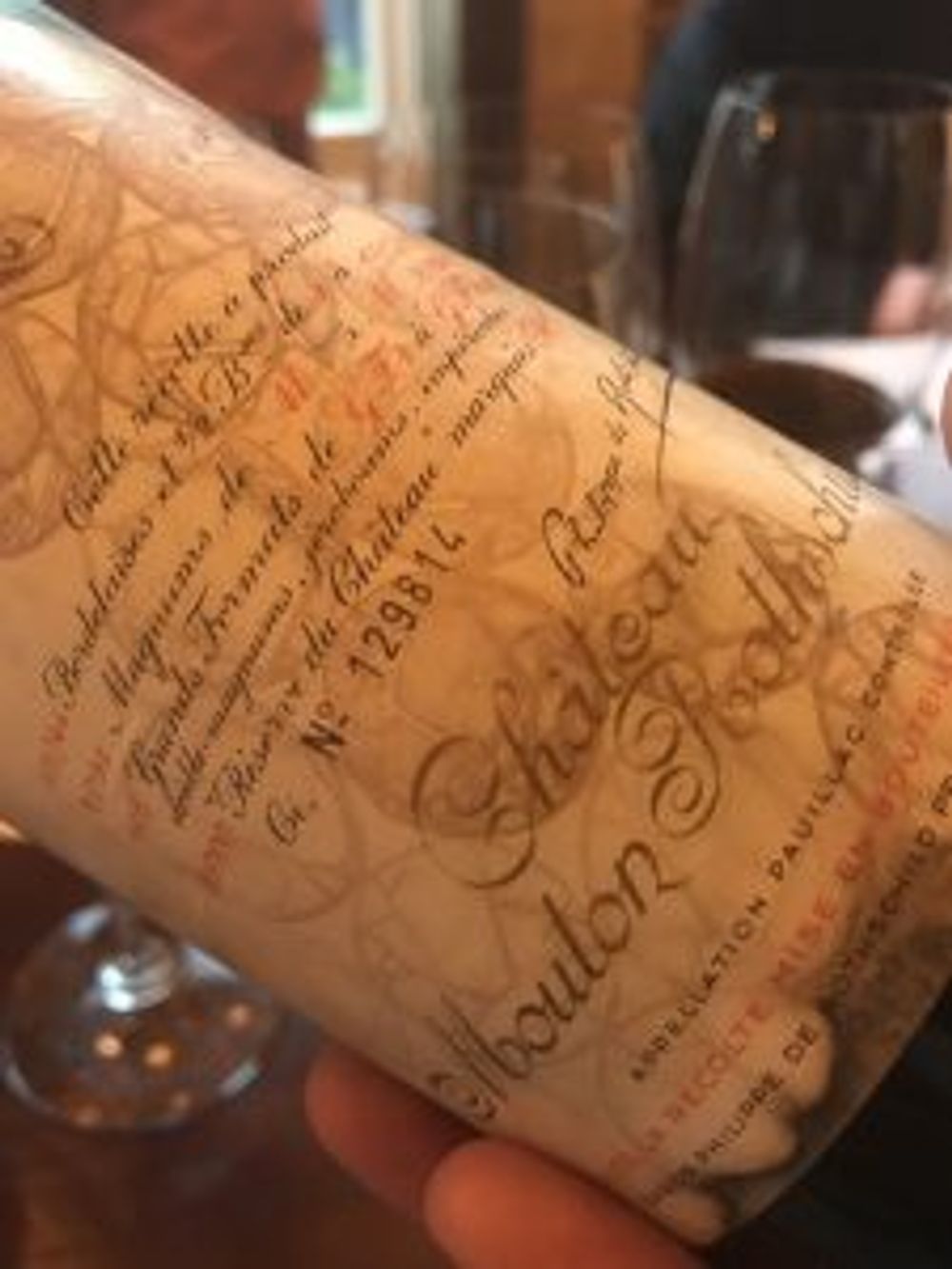
Yalumba The Reserve Cabernet and Shiraz, 1992
I collect these Reserve wines, which are released in exceptional years and this showcased the calibre of this brilliant blend and style. ‘Fabulous and stunningly good’ was my note, fruit concentration was controlled allowing a seamless transition from lips to body.
Then we were served another round of The Caley 2012, which was even more joyful than my first experience four hours previously.
Finally to seal the most exciting and wonderful tasting that I can remember we were served a 1908 Yalumba Muscadelle sourced from a single barrel that Hill-Smith has hidden away on his homestead. Dark rich ruby red in colour, heady nose of Tawny Port, full of bright exciting vivacious flavours, certainly put a spring into our steps as we walked into the balmy London summer heat outside.

Thank you Robert Hill-Smith for your generosity, friendship, honesty and above all bringing Fred Caley Smith into our lives.
